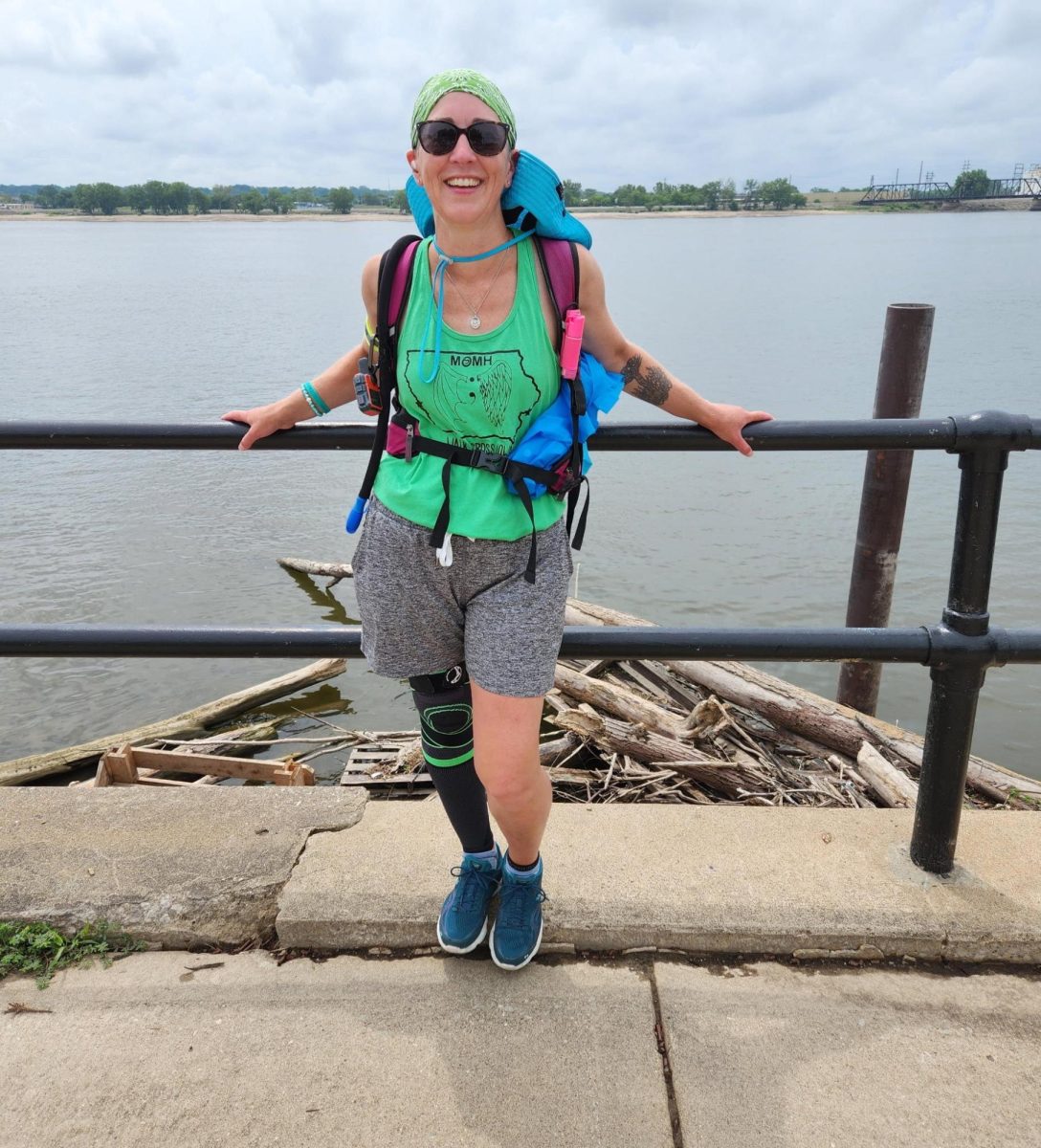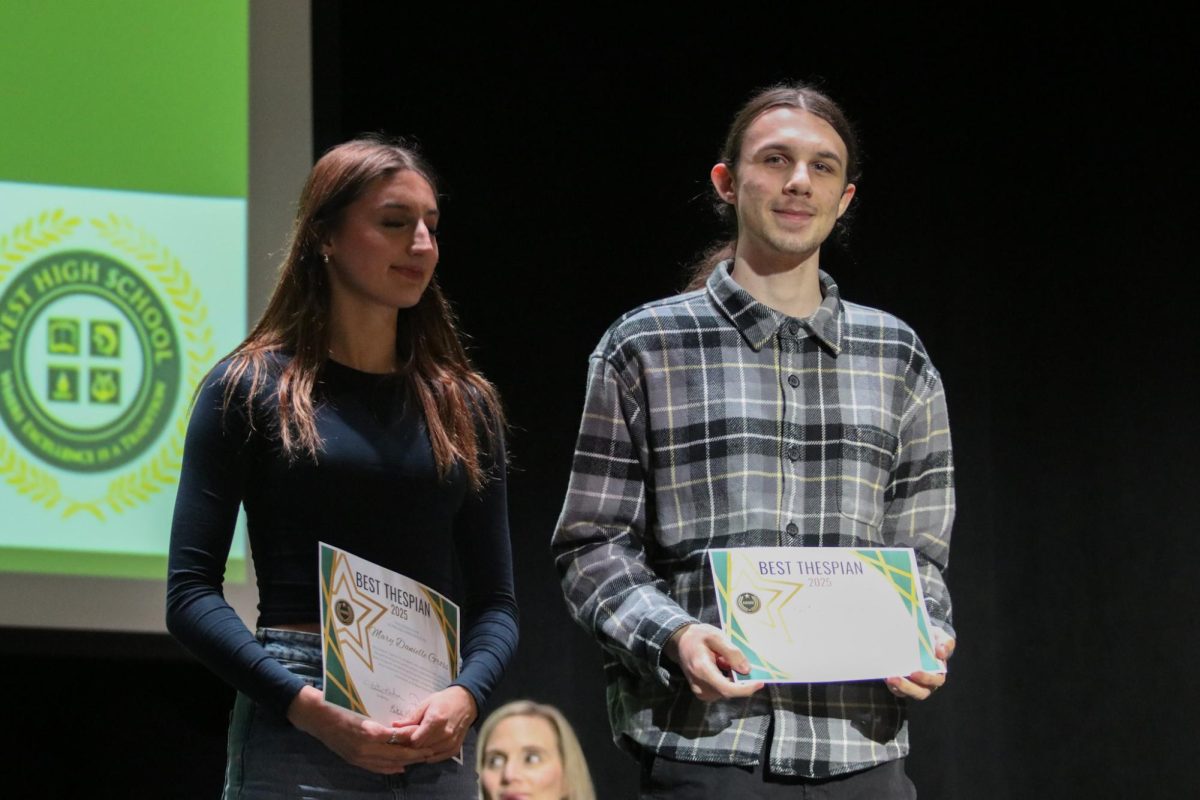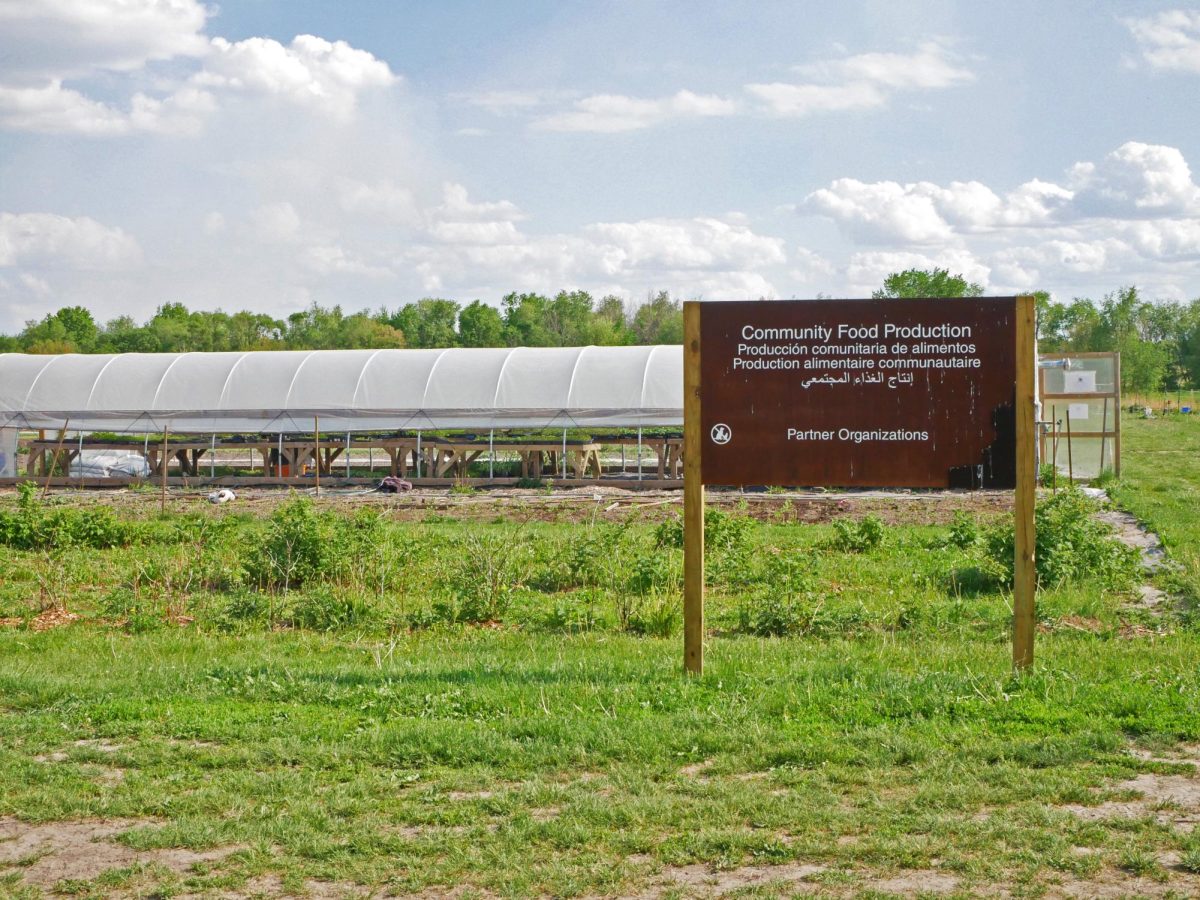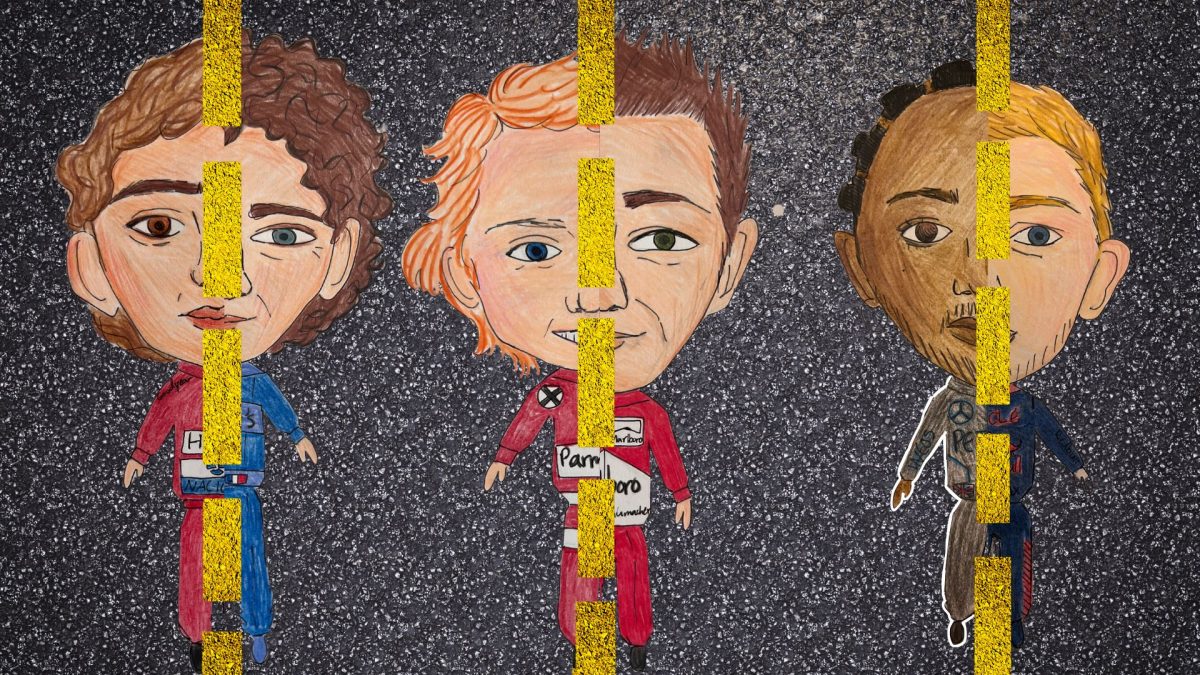National parks — locations honoring natural wonders dominated by vast canyons, tall redwoods and roaring rivers — are now threatened by global warming, layoffs and tariffs.
In 2024, the United States’ national parks garnered 332 million visitors across its 63 parks and other historic sites across the nation. Among these visitors is engineering teacher Keith Kraeplin, who finds the stark change in environment most interesting.
“It’s the natural beauty that you don’t get to see in your normal, everyday life,” Kraeplin said. “Getting to experience things you wouldn’t otherwise have the opportunity to see.”
Alex Forbes ’26 echoes this, finding the ambient environment of the national parks he has visited — such as the Olympic, Rocky Mountain and Saguaro National Parks — most appealing.
“[National parks] are always so unique. Each one is a completely insane and different place,” Forbes said. “I was surprised by Olympic Park because it’s four [regions] in one; they have a temperate rainforest, mountains and beaches — it’s nothing you’ll see anywhere else.”
Olympic’s numerous biospheres conserve regional biodiversity while promoting tourism services to its visitors. Globally, national parks protect 15% of the land surface and 7% of the marine areas while serving as habitats for 400,000 wildlife species, according to the International Union for Conservation of Nature. Additionally, ecotourism stimulates regional economies, contributing a record $55.6 billion to the U.S. economy in 2023.
However, national parks weren’t always prioritized. Natural conservation efforts first started in the 1800s as American artists and writers began advocating for wilderness preservation. The establishment of Wyoming’s Yellowstone National Park in 1872 — the world’s first national park — pioneered global conservation efforts. Former U.S. President Theodore Roosevelt spearheaded environmental efforts through the creation of the U.S. Forest Service and Antiquities Act of 1906, which led to the creation of 18 national monuments in the early 1900s.
Since then, conservation efforts have expanded due to such advocacy groups and political figures, resulting in nearly 20,000 workers employed through the National Park Service — that is, until thousands of NPS employees were laid off Feb. 14 under Elon Musk, head of the new Department of Government Efficiency. Now, NPS layoffs have totaled 9% of its staff. Additionally, government lease terminations are putting 34 field offices and facilities on the brink of closure.
However, significant pushes from protesters resulted in 1,000 park worker jobs being reinstated March 20, reversing the actions of the new administration. Contacted workers did not respond to statements, primarily out of fear of jeopardizing their reinstatement.
Musk’s efforts have led NPS workers, conservationists and outdoor enthusiasts to worry about the future of national parks. Forbes recalls how Olympic National Park was already understaffed before Musk’s mass layoffs and believes layoffs — paired with other systematic changes in the NPS — will exacerbate poor conditions.
“[Layoffs] make it so much harder for the patrons. [Even before] the budget cuts, [Olympic] was understaffed and not well-maintained,” Forbes said. “If you’re a ranger, you have to go on 20-30 mile trails all the time to make sure that they’re clear. One person can’t do all of that, so not having enough [workers means] we can’t keep those trails open and keep people safe.”
Musk’s mass layoffs through DOGE don’t stop there — Musk continues to push for the eradication of departments by firing workers to streamline government efficiency. However, a 2025 survey indicates that seven out of every 10 young Americans disapprove of DOGE efforts, suggesting that many believe such workers are necessary for the workforce.
“Deciding that [park ranger] jobs don’t matter and that their life’s work doesn’t matter is really awful,” Forbes said.
Although the NPS only employs 20,000 workers, the national park sector impacted over 415,000 jobs in 2023, making jobs within the NPS have a large impact and scope. Additionally, navigating around the vast terrain of national parks requires large administrative forces; from monitoring invasive species to installing complex infrastructure, jobs under the NPS are highly technical.
“It’s hard to become a ranger. It’s a specific career path that you have to be on, and it’s pretty selective,” Forbes said. “My cousin wants to be a park ranger, and the requirements are so high — you have to be very good at hiking, know a lot about nature and be really invested in putting your life to protect the environment.”
Kraeplin believes park rangers are vital to the maintenance of national parks, noting that national parks require large amounts of labor.
“Sometimes I’m taken aback by how busy these parks are and how well [park rangers] deal with the amount of people that visit these parks, traffic, accidents and injuries,” Kraeplin said. “There’s a spectrum of things [park rangers are] responsible for — providing knowledge about the park and its history, managing parks on a daily basis and lots of other behind the scenes responsibilities that are very important in parallel. Park rangers are indispensable.”
The technical knowledge of park rangers enhances the educational experience for national park visitors, providing numerous youth-engagement programs and informational resources. Forbes believes the educational aspects of national parks are the most important facets of the experience, recalling his journey with the NPS Junior Ranger Program.
“When I was younger, I did all the Junior Ranger booklets, where you can earn a badge and patch; [the booklets] teach you in a way that was fun to learn. Some of it is reading, but a lot of it is interactive [and] telling you to go out, do the things and learn on your own,” Forbes said. “[National parks] made learning fun; I was learning out there instead of doing it in a classroom. It did make me want to go and learn things more, and [it increased] my curiosity.”
Kraeplin agrees, noting that he looks for intersections between real-world applications, such as national parks, and practical learning in his engineering classes.
“I’m always looking through [an educational] lens with everything. I’m always looking at how I can apply things that are STEM-related to things I do,” Kraeplin said. “Engineering is more than just building something; it’s also about understanding systems.”
Additionally, many cite concerns about indigenous lands. Almost all U.S. national parks stand on indigenous land lost during westward expansion, serving as reminders of the historical and cultural contexts of the land. Forbes recalls how most national parks not only shed light on Native American culture but also acknowledge how the land was acquired.
“The [parks] in New Mexico had a lot of areas with pictographs about the [indigenous] people, highlighting what they did, how they lived and the culture that they had,” Forbes said. “I went to Mammoth Cave in Kentucky, and they talked about how there had been indigenous groups living in the giant cave; when American settlers came down, they kicked them out and used the cave as a tourist attraction.”
In addition to learning more about the historical and environmental contexts behind national parks, Forbes finds that he gets to learn more about himself, remaining mindful during hikes.
“It makes me think more about what I enjoy as a person and makes me enjoy nature more,” Forbes said. “When I went to Colorado a couple of summers ago, it was the first time I went on a really long hike, and I was nervous. It was just me, my dad and my uncle. [The experience] helped me feel more independent and changed my perspective on how I should be spending time with my family and how I see the world.”
Many studies find that nature improves mood and attention, while others note it fosters social connections. Forbes believes that national parks enable quality time with his family; he states that the stark change in environment deepens connections.
“[National parks] are something you can share with other people. I’m always going with my extended family, and it’s usually the best time that I get to spend with them,” Forbes said. “It gives me time to talk with them and discuss things in a completely different space. When we’re out in a national park, it’s just us in nature and [that provides] a deeper sense of connection.”
Ultimately, Kraeplin believes that national parks are an important reminder for visitors to stay grateful for the environment.
“It makes you feel grateful to live and experience these things,” Kraeplin said. “It’s awe-inspiring. During our last trip, I couldn’t get over the magnitude of the beauty — it’s overwhelming thinking about it because [national parks] are so grand and beautiful.”























